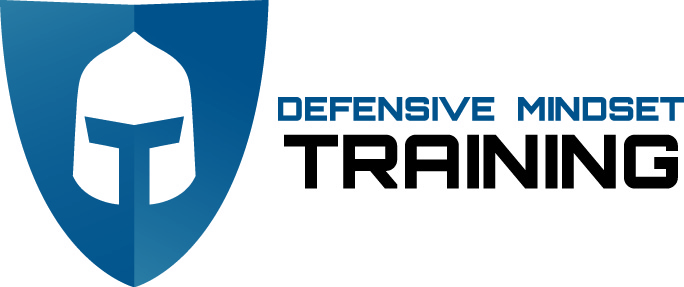WHy you need to protect your weapons
Beau Doboszenski, Owner/Lead Instructor
Originally published February 4th, 2019
Three recent videos all reinforce a topic that we repeatedly discuss within DMT classes: When you pull a weapon for defense, you need to protect that weapon. Each of these videos show law enforcement defending themselves from lethal threats, but the lesson I want you to learn is about how the threats were defeated because they lacked a critical skillset.
As a warning, all three of these videos are graphic, so viewer discretion is advised.
In the first video, during a traffic stop, a police officer is nearly killed as she approaches a vehicle and the driver pulls a firearm and tries to shoot the officer in the head. As soon as that firearm comes into view, the police officer makes a startling response, seizing the firearm and the suspect’s hands. The two begin to wrestle for the gun. It’s not long before a second police officer enters the scene and shoots the bad guy in the head, killing him.
In the second video, a disgruntled man arrives at a middle school. He’s seen arguing with law enforcement, who finally decide to take the man into custody. Rather than submit, the suspect fights back, eventually pulling a gun. One police officer manages to control the suspect’s body so that he’s not hit by the bullets, while his partner is able to close in and shoot the suspect in the head, killing him.
Hey, I’m sensing a theme here.
In the final video, an officer in Oklahoma confronts a suspect who becomes belligerent and turns to flee. As he does, notice the placement of his right hand. People who try to conceal their hands from you are a serious threat, since hands are often the primary tool used for killing. The officer demands the suspect show his hands, and when the suspect complies, he comes out with a firearm. Once again, the officer is close enough to redirect and control the muzzle of the firearm, allowing the shot to miss, and then the officer delivers 3 shots to center mass of the suspect, bringing him down.
Also note that in the last video, a second person suddenly enters the situation from behind the officer, and the officer has the presence of mind and training to identify that second person as a non-threat instead of simply turning to shoot. That’s another important skill to develop.
So what’s the point of watching these videos? What is the concept you should be thinking about in your training development? Weapons retention. In all three cases, had the suspects understood the concept of weapons retention, the law enforcement officers would have been in big trouble. Weapons retention is often thought of as an “advanced skill,” but really, it should be part of the first lessons you ever learn in operating a firearm for defense.
Weapons retention should be built into your draw stroke, your follow through, and even your shooting fundamentals, since you’ll be building on these skills as you advance and need to start out right. DMT is one of only a few places that teaches these higher order skills in the foundational levels. If your draw is winging the firearm out right from the holster, you’re doing yourself a huge disservice. You’re conditioning a draw stroke that is literally handing the firearm to your threat, a conditioned response that could prove fatal in a lethal force defensive encounter. If you’re unsure about your draw, follow the instructions laid out in this video to get started on the right path.
Never hand the threat the firearm unless you’re doing so with the sights aligned.
